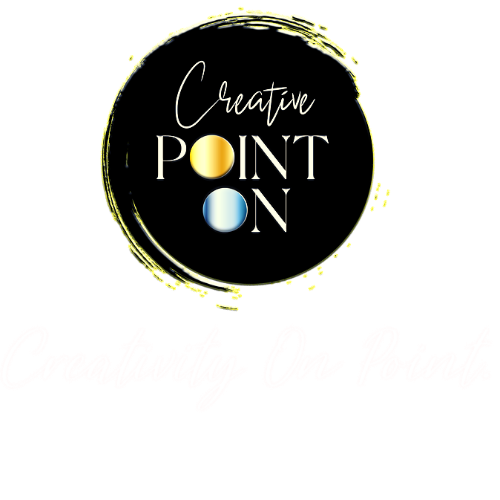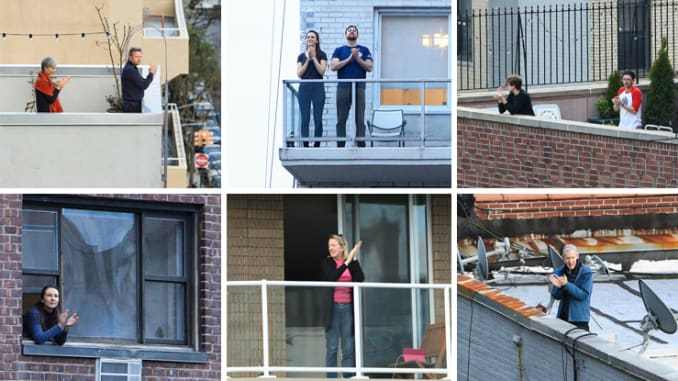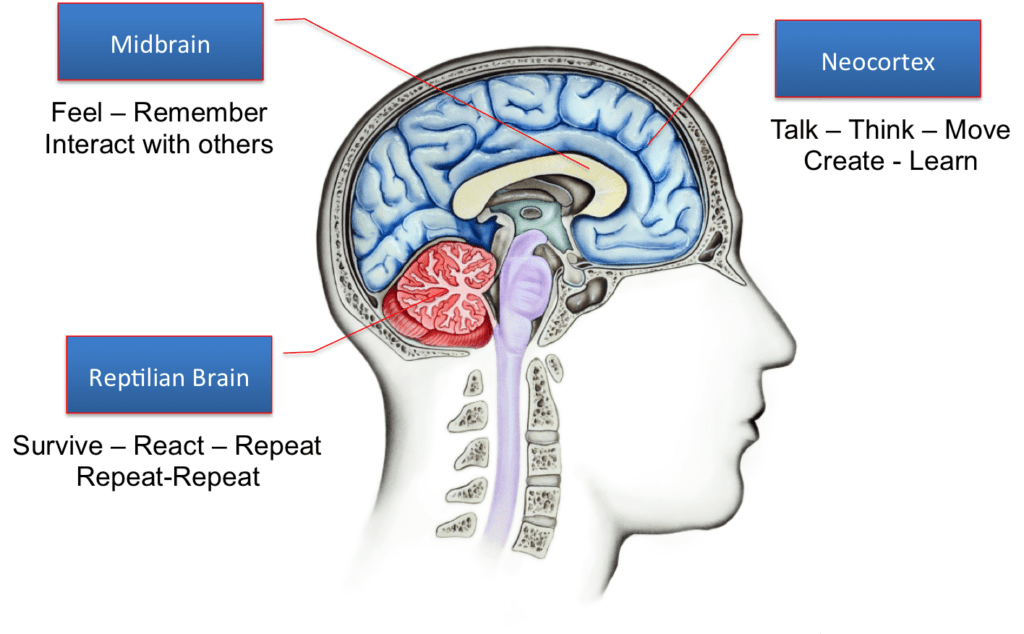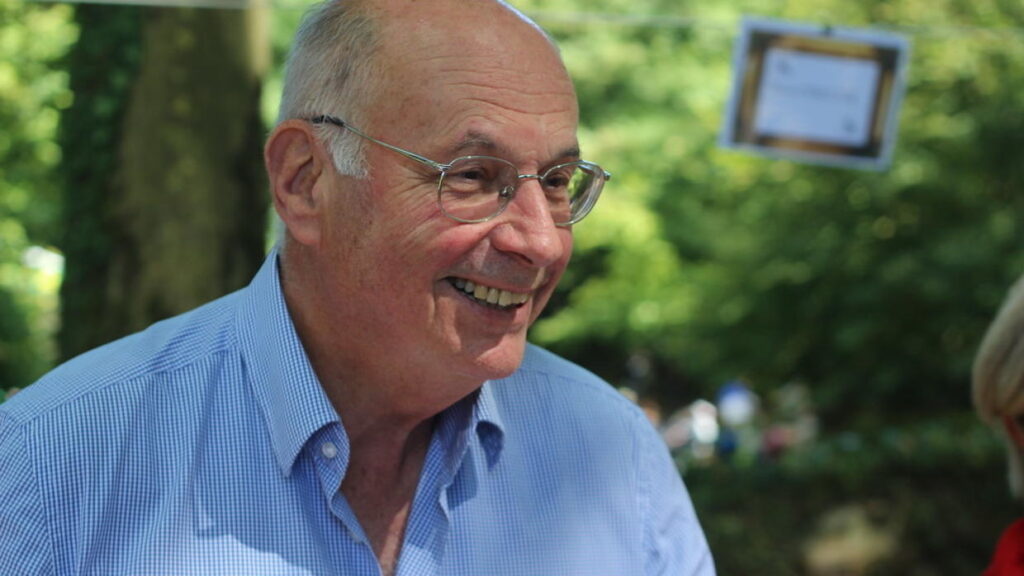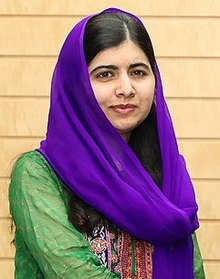An interview with French Human Rights Artist and Academic Guila-Clara Kessous – one of the UNESCO’s Artists for Peace – hosting the 2nd Edition of the International Women’s Leadership. Protagonists of the panel are personalities of the caliber of Actress Eva Longoria; Authors Eve Ensler; Metin Arditi; and David Foenkinos, among others.
This article was first published in French on Luxe Infinity Lifestyle Magazine.
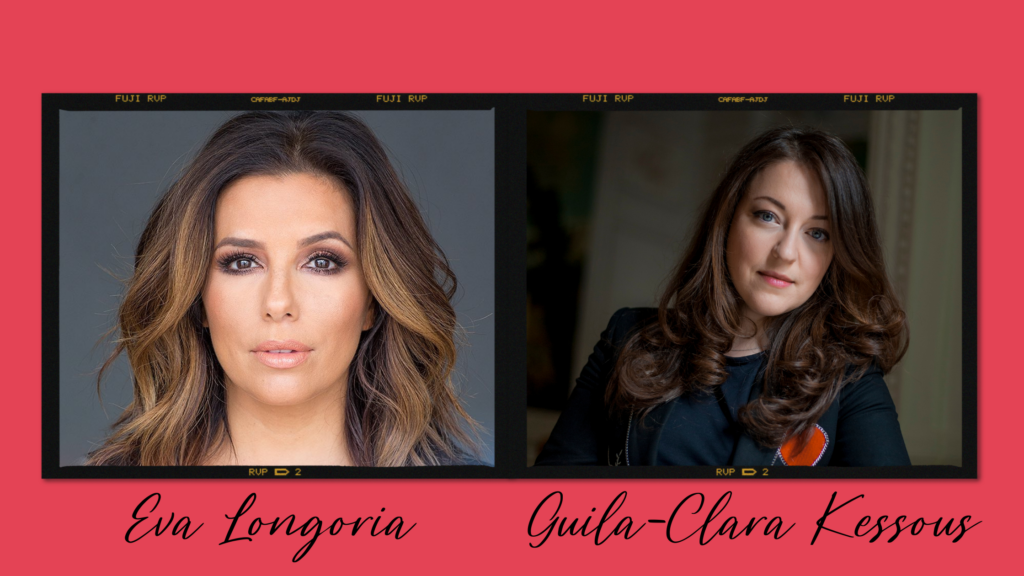
Guila-Clara Kessous is Ambassador for Peace, UNESCO Artist for Peace, and Rising Talent 2020 of the Women’s Forum for the Economy and Society. She will host prestigious speakers at the second edition of the International Women’s Leadership Summit on December 8 and 9, a 100% digital event. She will be joined by personalities such as Eve Ensler, famous author of the “Vagina Monologues”.
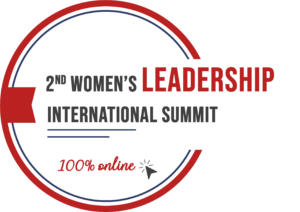
Other panels will also be with famous personalities like authors such as Metin Arditi (UNESCO ambassador and Giono prize) and David Foenkinos (Renaudot prize), who will give a masculine vision to women empowerment. These live encounters will be opened to the general public who will discover more than ten panels on vast subjects such as digital, audacity, Generation Z, intercultural dialogue, with notably President of UN Women France and activist Frédérique Bedos. In this context, the opening night will be dedicated to host famous actress Eva Longoria in order to get some funding to the Global Gift Foundation.

This prestigious foundation is doing an amazing work to help women empowerment and you can already register here to attend this very special event https://www.globalgiftfoundation.org. In Spanish: https://www.globalgiftfoundation.org/es/paz-interior/. The project is realized in partnership with the World League for the Right to Happiness.
Enjoy, here below, an interview with Guila-Clara Kessous, speaking about the initiative.
Why this international summit on women’s leadership?
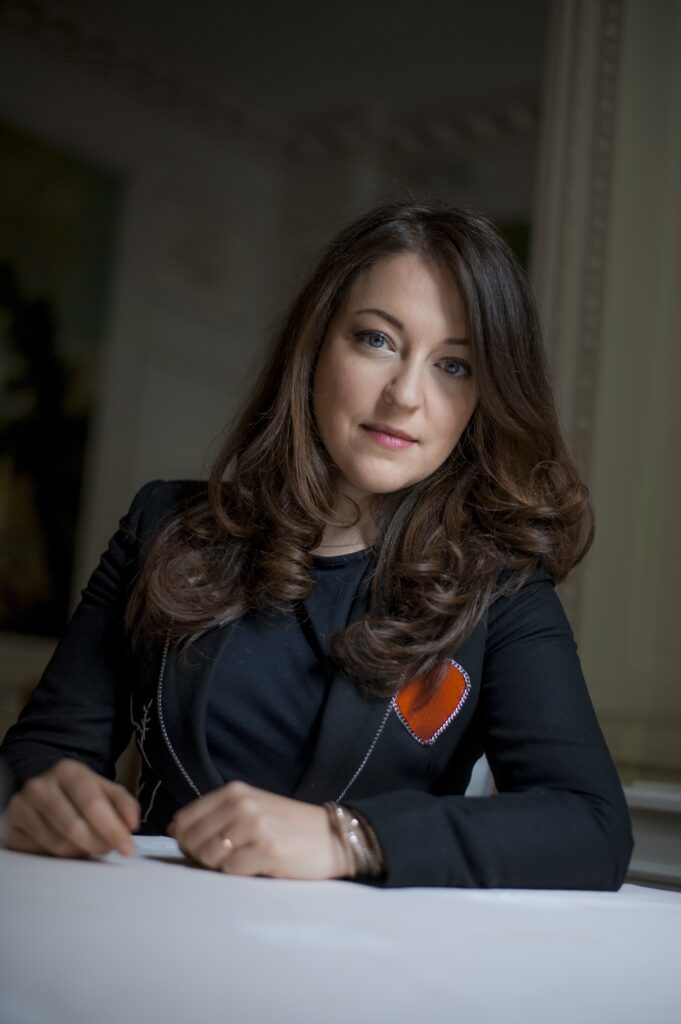
GCK – This summit is a moment of sharing reflection on the place of women and her capacity of action in the society. This conference aims to give the floor to speakers on the theme of women’s leadership, that is to say the ability for women to create follow-up, enthusiasm and to endorse a notion of power. An actress like Eva Longoria or an entrepreneur like Arielle Kitio have in common that they do not avoid from accepting the responsibility of being seen as a woman of power and create a male and female followership from this strength.
Why choosing a personality like Eva Longoria to open the entire summit linked to the Global Gift Foundation on the topic: “Finding inner strength”?
GCK – Eva Longoria is an example to follow in terms of women’s leadership. She accepts her femininity together with endorsing political views and creating followership on very important causes. Having her introducing the entire summit is the chance for women today to understand that you do not have to “play it like a man” to be successful in your leadership. She will reveal the secret to resist in those uncertain times and finding inner peace. Those elements will be precious for the rest of the summit, to have those advice in mind to be more efficiently talking about an intellectual approach once you find calm within yourself… The Global Gift Foundation was chosen for its amazing work helping women and children to find resilience. Beginning with this event was a beautiful message of hope.
For you, is there a difference between women’s and men’s leadership? If so, what would it be?
GCK – It is very difficult to make the difference between what comes from birth and what comes from education between men and women. Today, “leadership” remains an unconscious collective representation linked to the power of the alpha male. This refers to this “first man”, the man who is a pioneer in all fields, to the point of having a predominance over women since he was the first human being on earth through the biblical figure of Adam. As a result, the “first man in the world”, “the first man on the moon”, has invaded our imagination to the point of having immediately in mind when we speak of “progress” or even “humanism”, this naked man’s body with four arms and four legs in a circle annotated by Leonardo da Vinci. Of course, its feminine equivalent by the famous painter, remains wisely with arms crossed and showing only an upper body. For me, there is no difference in the leadership made by men and women. The Mona Lisa could have been a leader, but she remains a “mysterious woman”… The Vitruvian Man, is stunning by the masculine power of strength and energy that comes from the drawing.
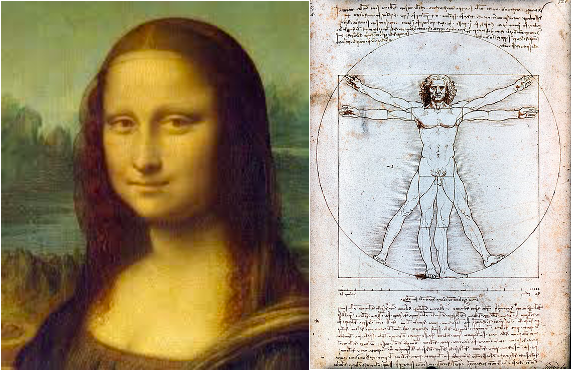
In your opinion, is it necessary to steer away from stereotypes in 2021?
GCK – It is absolutely necessary to steer away from stereotypes in 2021 and fight them with all our strength. This starts with an education of respect for women and stop treating them as beings who must serve or define themselves only in relation to motherhood. Strengthening the girls’ self-confidence with early exposure to, among other things, team sports, strategic games and daring to let them speak more in public remains a basis for positive education. In the business world, it is also through the education of women AND men that this mental switch is taking place. Programs such as Eve from Danone, EllesVMH, among others, are there to help women to break the glass ceiling, to dare to run for positions of high responsibility without fear of not finding a balance between personal and professional life. There is still a lot to be done, especially now in times of COVID, with domestic violence that still puts women back to a level of victims.
Personally, how would you describe your leadership, and how does it manifest itself?
GCK – I describe myself as an “artivist”, which means that I use my art to bring my action to the world. My work as an educator, a coach or an activist are all linked to my approach to drama. As art is not simply here to “create Beauty” as a “Mona Lisa” representation would do, but on the contrary, to help human leadership taking distance with our action. Today, I have the chance to help many leaders to give them the strength to be able to strengthen the embodiment of their character to give them all the depth of an authentic leadership, where vulnerability becomes revealing of powerful management. This is deeply linked to the body, in the posture, the non-verbal…
What actions have you personally implemented to achieve greater participation of women?
GCK – I have been a spokesperson for several founding texts of women’s emancipation through readings that I have recorded such as “I am Malala” by Malala Yousfzai or “A memory, a monologue, a rant, a prayer” under the direction of Eve Ensler. I am a facilitator of several programs of “Women Empowerment” in several Nasdaq companies and I often do conferences on the issue of women’s leadership. Training and coaching-in are also part of my solidarity action for beaten women through organizations such as the “Maison des Femmes” in France for example, or through UNESCO. Not to mention partnership actions to help young girls access education.
What would you like to tell the new generations (men and women), children and young adults on these subjects?
GCK – Not to be afraid…It is fear that creates this sense of empowerment in others. It’s very difficult for a woman not to be afraid: to be a “bad” daughter, a “bad” mother, a “bad” wife, a “bad” girl…With this injunction of “being good” that remains in the minds of women and girls. Today, what I want to say, especially to women, is not to be afraid of not being “good”, since the question is not to be good or bad, but simply to “be” themselves. It’s time to stop being afraid of not looking smart and speak up, that’s why participating in this second international summit on women’s leadership is so important.
To register to the summit click here: www.cil.events
To know more about Guila-Clara Kessous and her many accomplishments, enjoy here below our interview with the artist for our web series #CreativityWilLSaveUs Phase 2, When Venues Close, Windows Open. A Vision into the Future.

